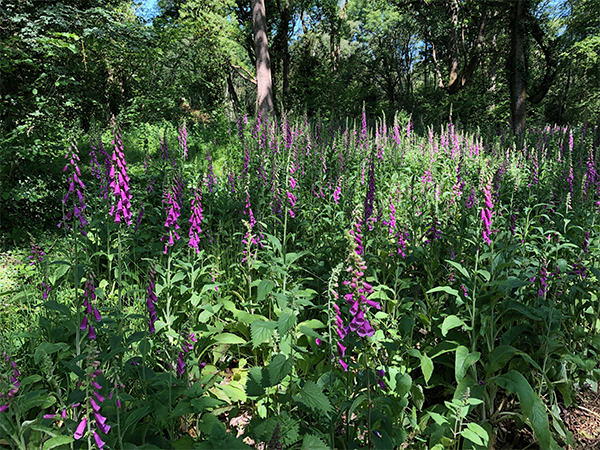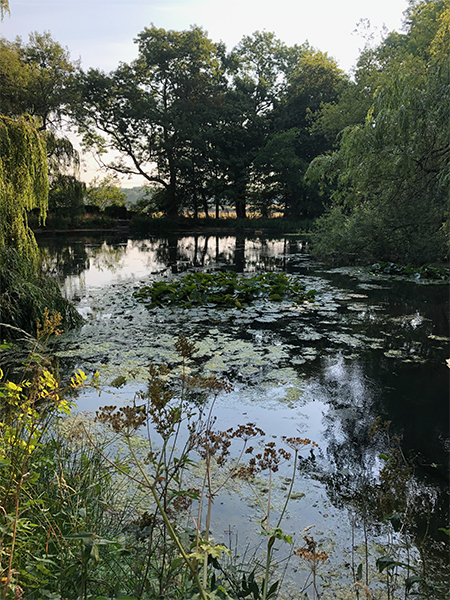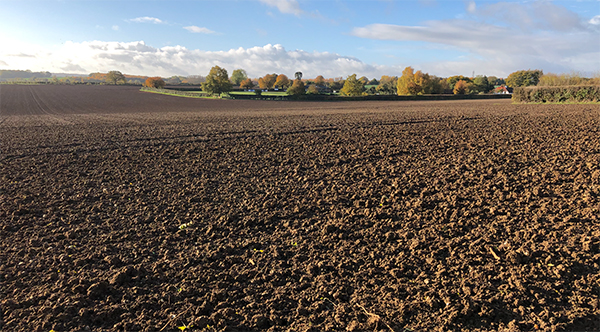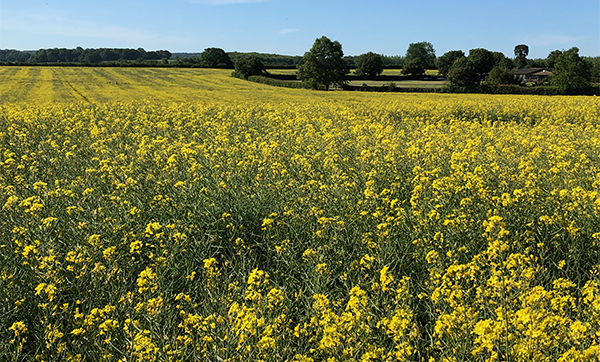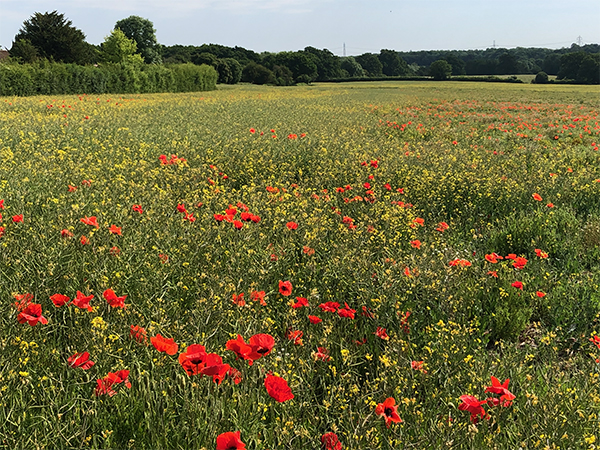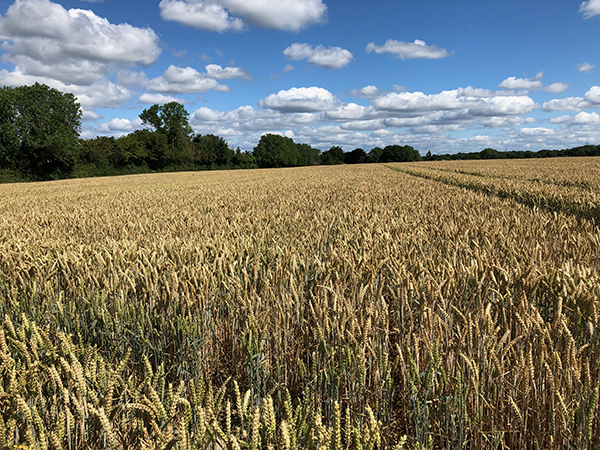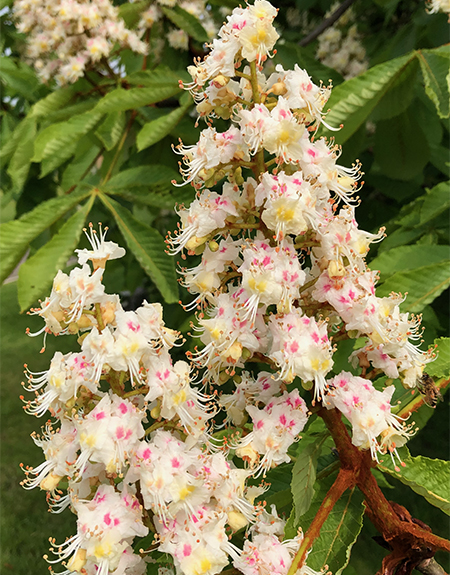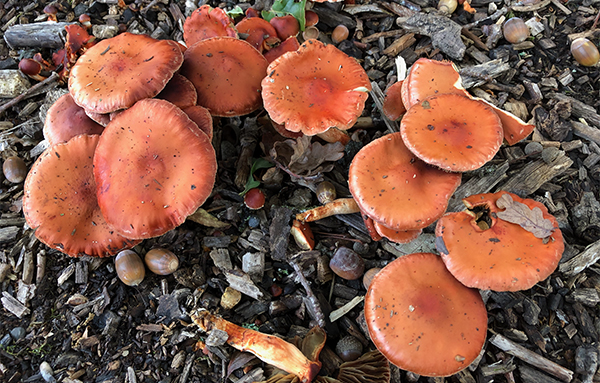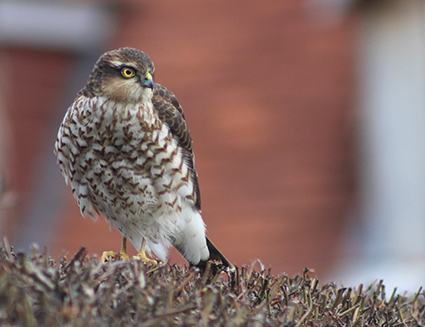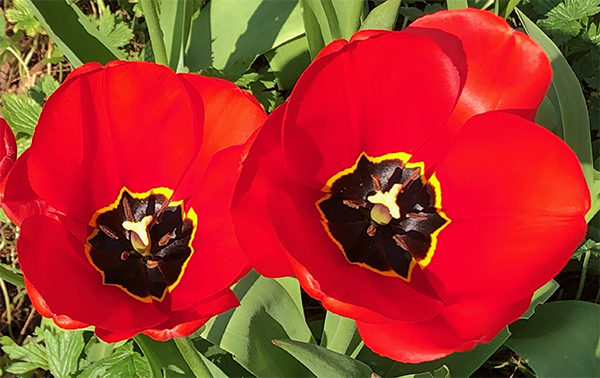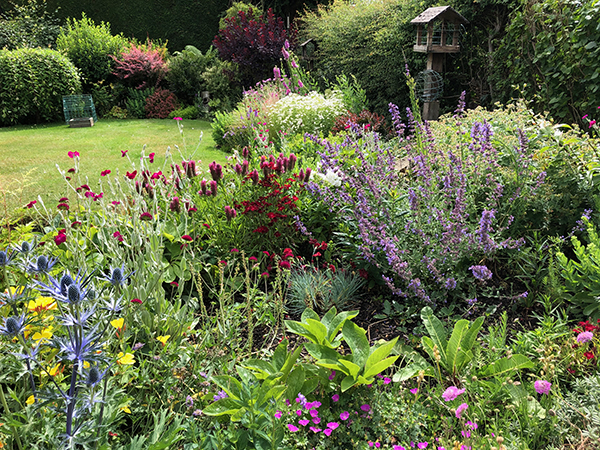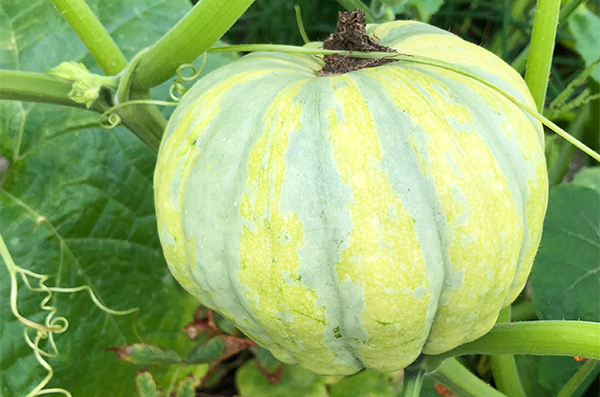Down at Selsey, we made the most of the bracing sea air and local fish and chips, as well as the neighbouring nature reserves:
Pagham Harbour nature reserve
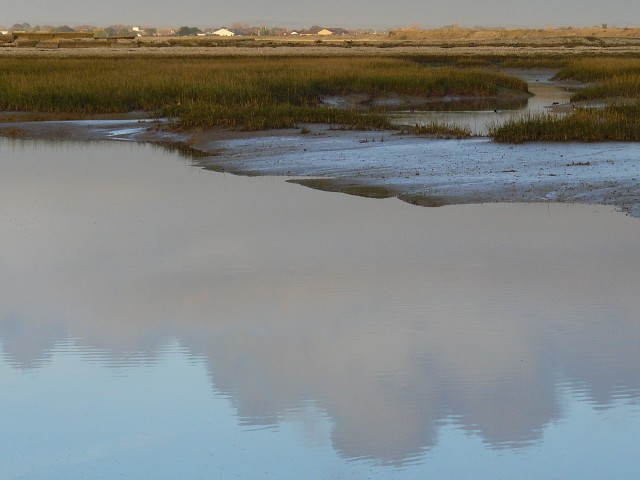
Evening stillness at Pagham harbour nature reserve
From the car park at Church Norton, we took a late-afternoon stroll around the edge of Pagham Harbour Nature Reserve, a peaceful sheltered inlet where all the usual suspects – namely red shank (Tringa totanus), curlew (Numenius arquata), oyster catcher (Haematopus ostralegus), black-tailed godwit (Limosa limosa) and little egret (Egretta garzetta) – were wading on the mudflats.

Teal, dabbling in the early evening sun
There were plenty of teal (Anas crecca) and wigeon (Anas penelope) doing what dabbling ducks do, i.e. dabble, and in the distance we could see a great crested grebe (Podiceps cristatus) disappearing from the water surface for lengthy periods of time as it dived for its supper.
Seated on a bench at the edge of the wetland, we were thoroughly absorbed with our ‘twitching’ and we were soon chilled to the bone as the sun started to go down. Getting up with the aim of a brisk walk to warm up, we weren’t prepared for our next encounter –a magnificent barn owl (Tyto alba).
Barn owl encounter

Barn owl
Okay, so this turned out to be a bit of a cheat, as this 14-month-old female barn owl was being flown from the arm of an elderly gentleman. I’m not entirely sure how I feel about barn owls being kept as pets. This one had been raised in captivity from a very young age, and she never took her eyes off her handler. But there is no doubt that it was a wonderful opportunity to get up close and personal with a breathtakingly beautiful creature and really appreciate the intricacies of her plumage – snowy white heart-shaped face that almost glowed in the dusk, and golden plumage with black and white speckles.
She’d already been flying around the harbour in the early evening sunshine, so by the time we met her she seemed extremely content to sit on a fence post and watch us watching her – surely one of Britain’s most charismatic birds.
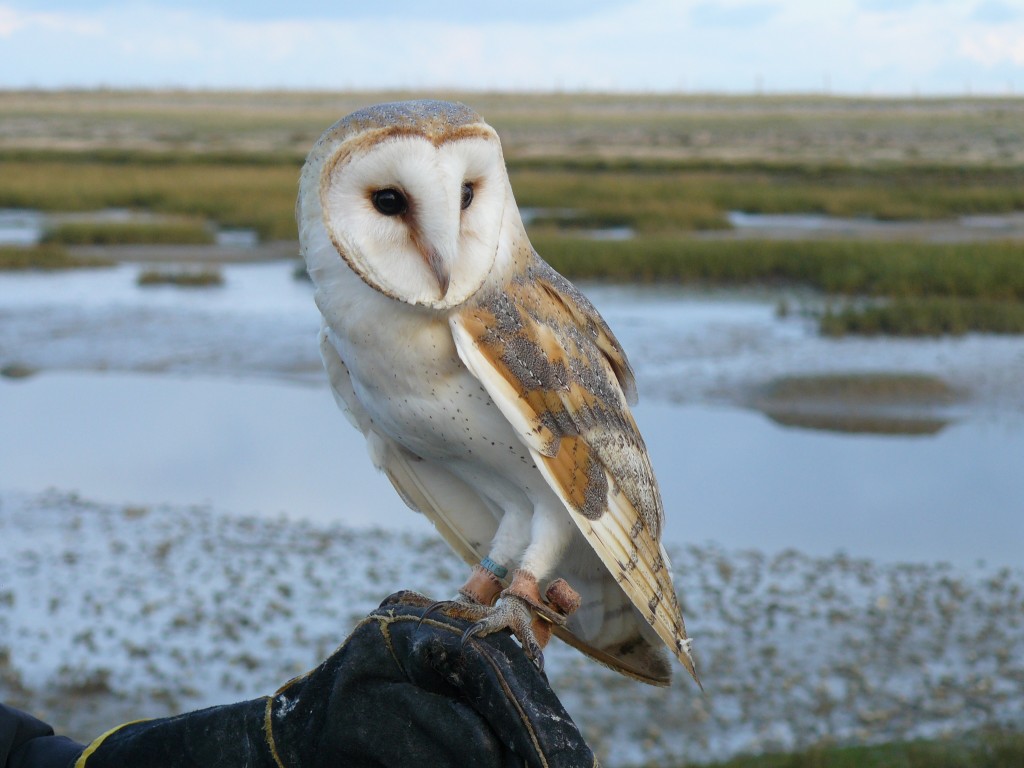
Captive barn owl
Medmerry nature reserve
We also walked along the sea front to Medmerry, a huge new coastal reserve between Selsey and Bracklesham, which has been created as a result of the largest managed realignment of the coast anywhere in Britain. The Environment Agency has built new coastal flood defences inland in order to protect homes in Selsey from rising sea levels, and has allowed the existing shingle beach to be breached by the sea, forming a new wetland area – 183 hectares of mudflats, tidal lagoons and saltmarsh.

Medmerry after flooding
The site is still in its settling stages and it isn’t teeming with bird life as yet, but we did enjoy seeing flocks of meadow pipits and yellow hammers in the scrubland next to the path, and in the distance we could see huge flocks of lapwing landing on the mudflats, along with a few cormorants and egrets.


